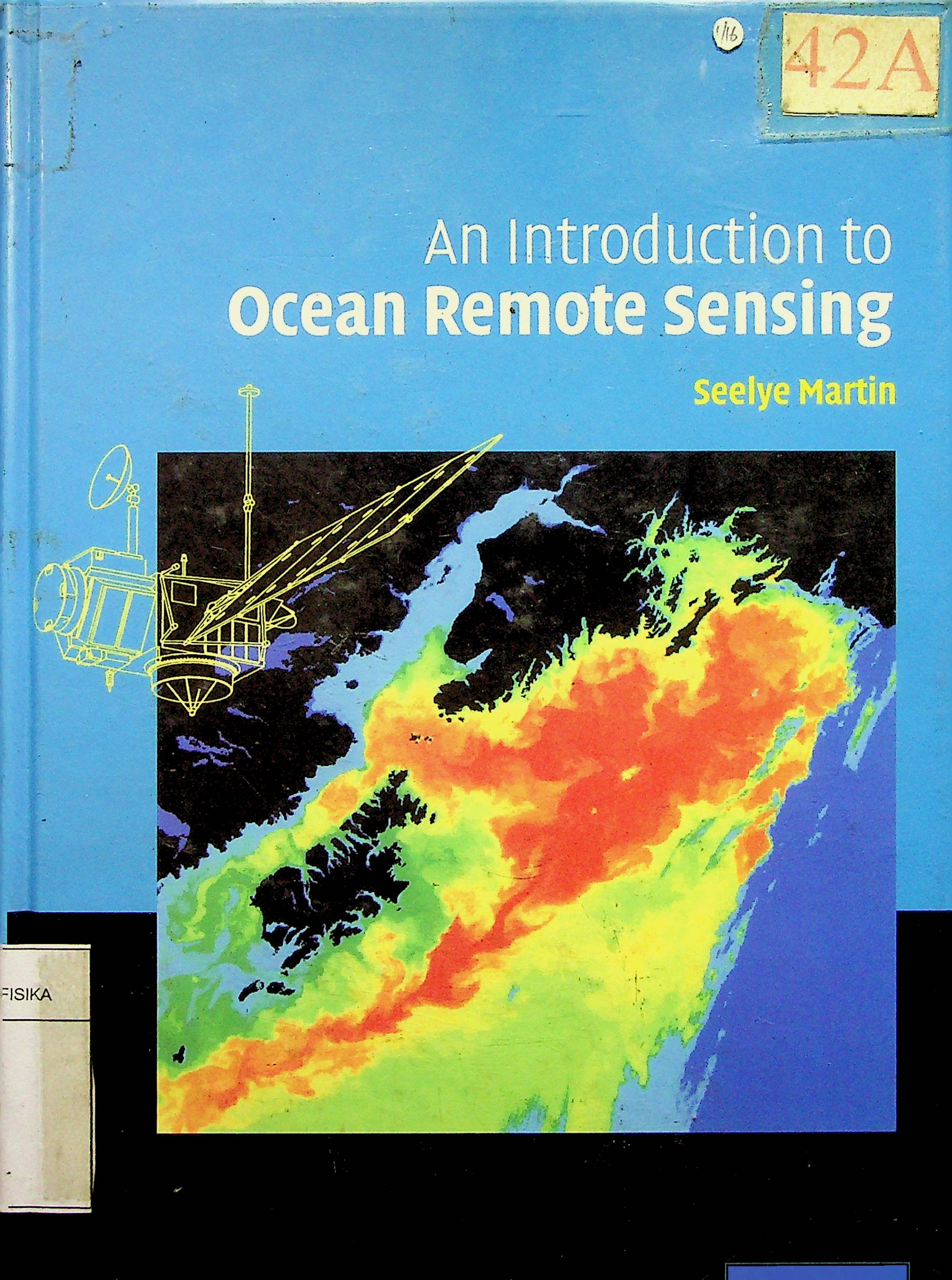During the past two decades, there has been a dramatic growth in the number and variety of ocean observing satellites. This growth, combined with a similar growth in computational resources and surface receiving and distribution networks, has greatly increased our knowledge of the properties of the upper ocean, its surface, and the overlying atmosphere. During the same period, an increasing number of countries have either launched or contributed instruments to ocean satellites. In the early 1980s, only the United States and the Soviet Union had ocean observing programs. In 2000, the countries or groups of countries with ocean observing programs included Brazil, Canada, China, Europe, India, Japan, Republic of Korea, Republic of China, Russia, Ukraine, the United States and at least one private corporation. The developments in the application of the electromagnetic spectrum to ocean observing combined with our understanding of the ocean surface and atmospheric properties have served as the basis for a large variety of innovative instrumentation. Many of the sensors that were experimental in the 1980s are now essential tools of oceanography. These include the use of narrow band optical sensors to estimate biological productivity and observe plankton-associated fluorescence; infrared measurements of sea surface temperature that approach the accuracy necessary to observe climate change; passive microwave sensors that provide global cloud-independent observations of sea surface temperature; and altimeters capable of measuring sea surface height to a 2-cm precision. Because of the increase in computational resources, these data sets are rapidly made available and are often posted on public websites. Remote sensing involves primarily the use of the electromagnetic spectrum to observe the ocean, and secondarily the use of gravity observations to observe ocean currents and tides. Because remote sensing involves many disciplines, the book provides under one cover the necessary background in electromagnetic theory, atmospheric and seawater properties, physical and biological oceanography, physical properties of the sea surface and satellite orbital mechanics. The material discussed ranges from the reflective and emissive properties of clouds and foam to radar scattering properties of ocean waves, to the optical properties of plankton-associated pigments. It also includes many examples. The book describes the development of satellite oceanography from 1975 to 2004, and summarizes future activities
5
AN INTRODUCTION TO OCEAN REMOTE SENSING
SEELYE MARTIN
Penerbit :
Cambridge University Press
Tahun :
2004
Buku Text
Oseanografi Orbit satelit Laut
-
No Scan95
-
No Klasifikasi551.46'028
-
ISBN-
-
ISSN-
-
No Registrasi058A/XII/2007
-
Lokasi Terbit-
-
Jumlah Hal62
-
Label551.46'028 Mar i
-
Versi DigitalYA
-
Versi FisikYA
-
Lokasi Rak Buku Fisik01/A/01
-
Jumlah Exemplar Fisik Tersedia2






